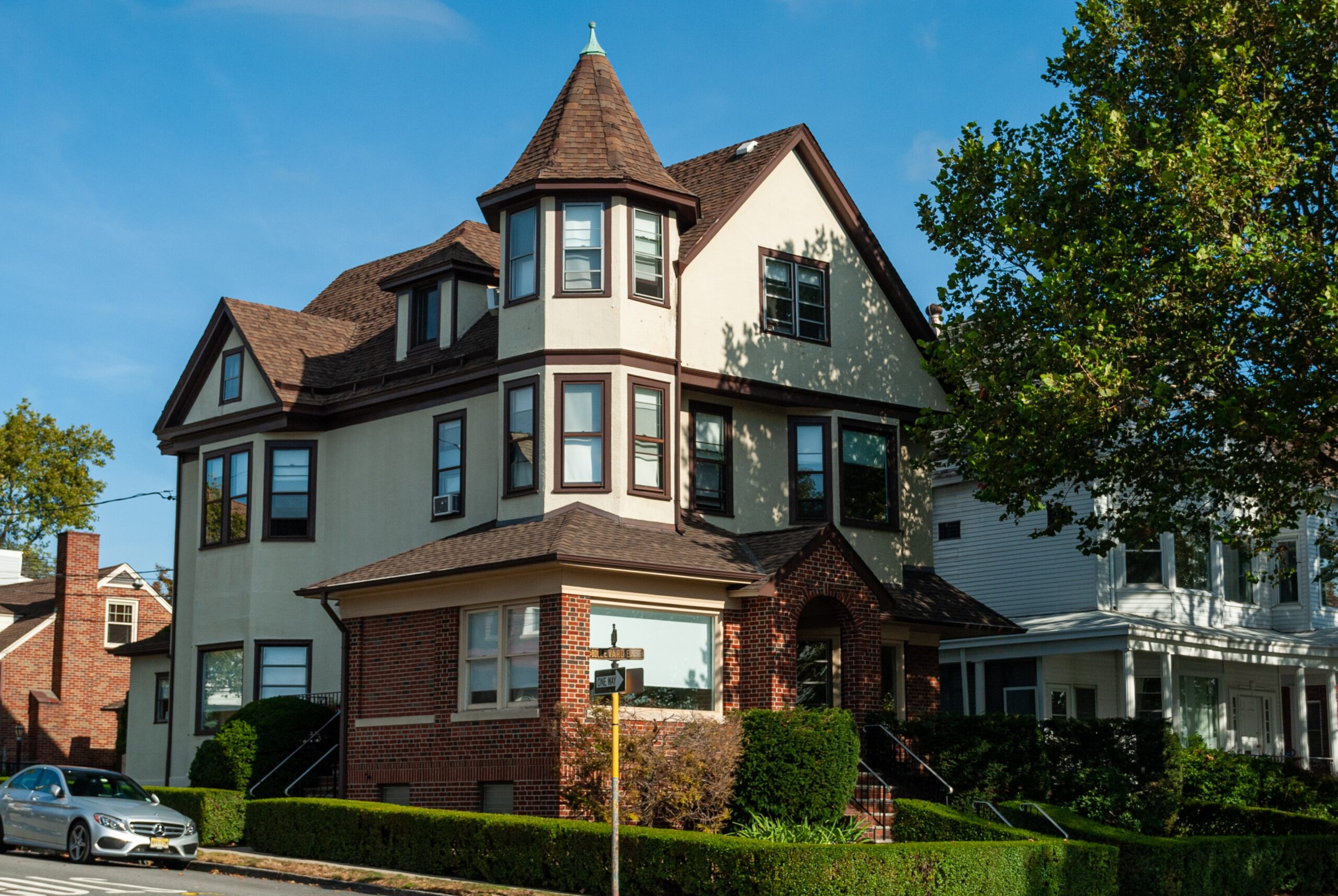
A Complete Guide as to What to know about Roofing
The roof of your house may make up to 40% of the exterior of your house. It’s critical to understand what keeps your home looking sharp and (more crucially) dry, from curb appeal to home safety. Below there is a list of what to know about roofing, as a homeowner particularly.
The majority of homeowners will have to repair their roofs at some time, but many are wondering where to begin. That’s why, before beginning any ‘roofing job’, it’s important to understand the most frequent roofing terminologies and components.

What To Know About Roofing?
You should be informed about the seven fundamental roofing components.
Shingles are composed of a variety of materials, but their primary function is to protect the underlying sheathing from the elements. Traditionally, shingles are measured in squares. Because a square of shingles covers 100 square feet, if your roof is 2,500 square feet, you’ll need 25 squares.
Sheathing is the term used to describe the boards or sheets of material that are fastened to the rafters that cover your home. The deck of a roof is also another title for that.
Trim: A piece of roofing installed to protect a roof seam around a hip or ridge

Rafters are the wood or metal slats that support the sheathing and roofing on the inside of your home. They function similarly to the skeleton of your roof.
Underlayment is a water-resistant, paper-like substance that is applied to plywood sheathing to protect it from the elements like rain and snow. This is used in conjunction with a membrane and vapor barrier, which is generally a sheet of plastic that keeps air and water out.
Flashing: A sheet metal or other material put on top of a roof system’s joints to keep water out. Your roof’s joints are anyplace it changes direction, and flashing is utilised to assist protect these areas from the weather.
Drainage: A roof design element that permits it to drain water. This is defined by the roof’s slope, or pitch, which is calculated by the increase in inches for each foot of horizontal distance—known as the “run.” A 5-in-12 sloped roof, for example, rises 5 inches for every foot of distance covered.
Roof Design Elements That Are More Common
After you’ve figured out what makes up your roof, you’ll need to figure out which roofing design aspects apply to your property.
- Gable Wall: A gable wall is a triangular section of the house that runs from the eaves to the roof’s apex.
- Ridge Centerline: Also known as the verge, this refers to the wall or rafter beneath a roof’s edge where a gable terminates.
- The highest point of the roof, often known as the peak, is called the ridge.
- Valley: The sloped regions of the roof where two sections meet.
- Eaves: The roof’s edges that hang over the house’s outer walls.
- Hip: A high point on the roof where two parts meet.
- Abutment: A vertical region, such as a wall or chimney, where portions of the roof meet.
- Dormers: These are parts of the home that protrude from the roof and are meant to let natural light into an attic or third story.
Examine the elements of your roof from the outside, noting how many ridges, hips, abutments, and gables are there. If you’re thinking of replacing your roof in the near future, you’ll need to know the square footage and design of your current building to figure out how much it’ll cost.
Before you replace your roof, here’s everything else you should know.
1. When was your roof last replaced or installed?
Is your home’s roof original, or have repairs been performed in the last several years? You may need to keep an eye out for leaks or even arrange a replacement depending on the type of shingles you have and the age of your roof. The age of your roof and the sort of shingles you have will determine when it needs to be replaced. Wood shake roofs may last up to 30 years, whereas asphalt shingles can last up to 20.
2. How Your Roof is Ventilated
A healthy roof system requires proper ventilation. Mold and mildew can grow on a roof that doesn’t get enough air. There are a few additional elements that impact how the air travels from your attic to the roof, in addition to a primary vent in your roof.
Make a brief sweep of your attic to look for the following items:
To insulate the home from heat gain and loss, a gap-free layer of insulation is installed on the attic floor.
To prevent moisture from rising into the attic, place a vapor barrier behind the insulation and adjacent to the ceiling.
There are enough open, vented areas to allow air to easily flow in and out. For every 150 square feet of attic area, a roof should contain 1 foot of vent space.
There should be at least 1 inch of space between the insulation and the roof sheathing.
3. Which Shingles Do You Have?
Shingles can be made of a number of materials, including asphalt, wood, and even slate. Each one has a different guarantee, and the durability varies depending on where you live. Clay shingles can be cracked by strong weather conditions such as high winds or intense cold.
4. Your Roof’s Fire Resistance
A technique for categorizing the fire resistance of roofing materials is known as fire rating. A, B, and C are the three classes. Clay tiles, fiberglass asphalt composite shingles, and metal roofing are examples of Class A materials that have the best resistance to fires that start from outside the structure.
5. Your Roof’s Pitch (or Slope)
The pitch of your roof will decide which shingles are ideal for it. Before you start a roofing project, make sure you read. Understanding the fundamentals of roofing provides a solid basis for identifying problems with your present system and determining what choices are available for your roof’s pitch.
Save time and energy, Request A Quote now at The Contractors Booklist. Our roofers are true professionals and will get right to the issue and fix the problem entirely.







